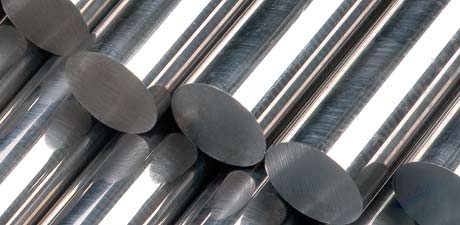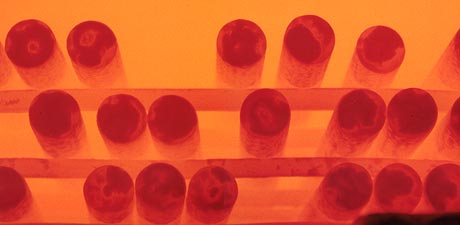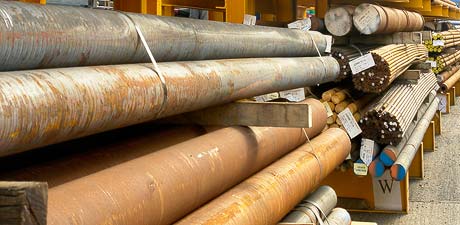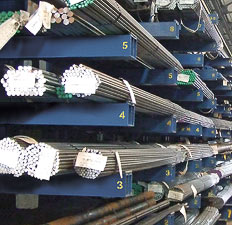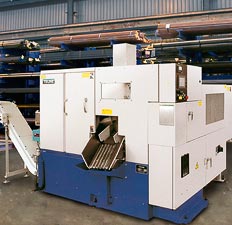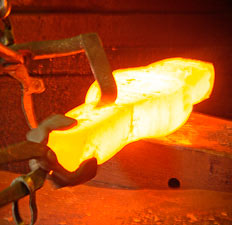Technical Data
Metallurgical Terms
Diffusion.
The process whereby the molecules in a solution move from regions of high concentration towards those of lower concentration until complete homogeneity is attained. This process is rapid in gases and moderate in liquids. The migration of atoms within a solid is brought about by thermal activation. Examples of this include nitriding, carbon case hardening and cementation which involve diffusion into the surface of a solid whilst decarburization involves diffusion from the surface.
Direct Reduction.
The scarcity of blast furnace coke has led to the development of processes in which low carbon iron is reduced directly from ore. For example iron ore is heated in a kiln in contact with reducing gas yielding metallic pellets suitable for charging into an electric arc furnace.
Dislocation.
A discontinuity in the crystal lattice of a metal. The movement of such discontinuities under stress may be used to explain slip, creep, plastic yielding, etc.
Dolomite.
A naturally occurring mineral; when calcined, a mixture of lime and magnesia, used as a basic furnace refractory.
Drop Forging.
(a) A forging operation in which a metal shape is formed by repeated blows from a drop or steam hammer on to a bar or billet placed between a pair of dies. The upper die containing half the impression of the desired shape is fixed in the tup whilst the lower die, containing the other half of the impression, is in the stationary anvil. The force exerted by the hammer causes plastic flow in the metal which imparts a tough fibrous structure to the steel, the die being designed to ensure the most advantageous plastic flow of the material so that the grain follows the contour of the forging with as little interruption as possible. The process is economical only when a large number of reproductions are required, as the cutting of the dies is expensive. Where a change, not only of form but of the section of the material takes place, the product is a drop forging; if only a change of form occurs the product is a drop stamping.
(b) The metal shape made by the drop forging process. In such forgings the grain flow or fibre is of importance.
Drop Stamping.
(See Drop Forging).
Drop Test.
A strength test for steel tyres which consists of dropping the tyre on to a rail from a specified height (depending on the tyre diameter), or alternatively, of dropping a heavy weight on to the tyre held in an upright position.
Dry Cyaniding.
A process for case hardening steel by heating it to a temperature of between 625° and 850°C in an atmosphere containing a carburizing gas with ammonia added in controlled amounts. The combined action of the carbon and nitrogen thus added to the steel permits a wide range of case and core characteristics to be achieved by direct quenching or by cooling slowly in the atmosphere as required.
Ductility.
The property of metals which permits deformation to occur without fracture. Ductile metals show considerable elongation under tensile stress and ultimately fail by necking, with consequent rapid increase in stress locally.
Dye Penetrant Inspection.
Used for detecting surface porosity or cracks, particularly in non-magnetic substances. The part to be examined is cleaned and coated with a dye which penetrates any small cracks or openings. The surface is then wiped clean and coated with a white powder. The dry powder soaks up the dye which is still held in the defects and thereby indicates their position.
- < Previous
- 1
- 2


